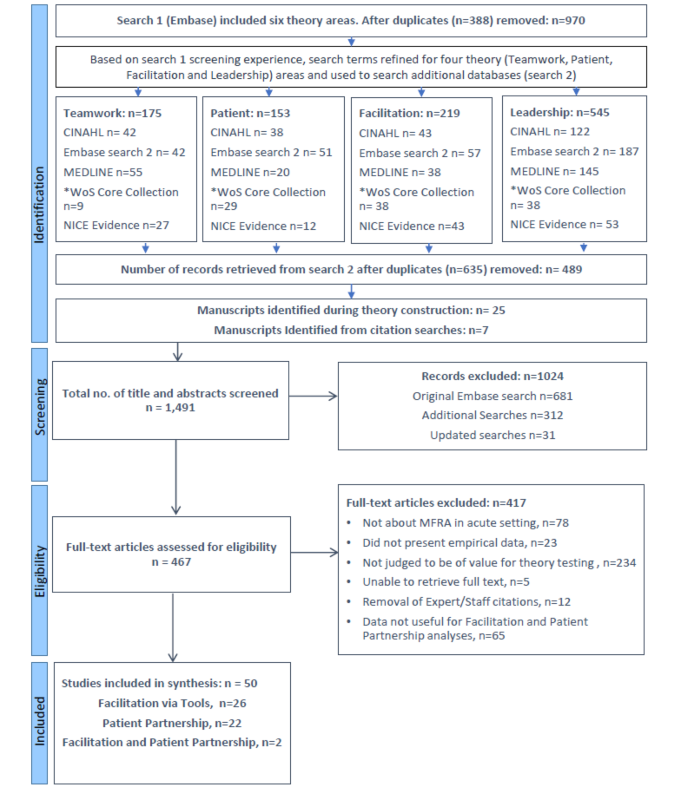9 Simple Techniques For Dementia Fall Risk
Table of ContentsDementia Fall Risk - The FactsSome Of Dementia Fall RiskThe 6-Minute Rule for Dementia Fall RiskIndicators on Dementia Fall Risk You Should KnowThe Of Dementia Fall Risk
Examining autumn risk assists the whole medical care group create a more secure atmosphere for each client. Guarantee that there is a designated location in your clinical charting system where personnel can document/reference scores and record pertinent notes connected to fall prevention. The Johns Hopkins Loss Danger Assessment Device is one of many devices your team can utilize to assist protect against damaging medical occasions.Client drops in health centers prevail and debilitating negative events that continue despite decades of initiative to lessen them. Improving communication throughout the assessing registered nurse, care group, client, and individual's most included loved ones might strengthen autumn avoidance initiatives. A group at Brigham and Women's Health center in Boston, Massachusetts, looked for to develop a standard loss avoidance program that centered around enhanced interaction and patient and household involvement.

The development team emphasized that successful implementation relies on client and personnel buy-in, assimilation of the program right into existing operations, and integrity to program procedures. The group noted that they are coming to grips with how to guarantee connection in program implementation throughout durations of situation. During the COVID-19 pandemic, for instance, a rise in inpatient falls was connected with constraints in individual engagement in addition to constraints on visitation.
The 5-Second Trick For Dementia Fall Risk
These occurrences are generally taken into consideration avoidable. To apply the treatment, organizations require the following: Accessibility to Loss ideas sources Fall pointers training and re-training for nursing and non-nursing staff, including new registered nurses Nursing workflows that allow for individual and family engagement to carry out the drops assessment, ensure use the avoidance strategy, and perform patient-level audits.
The results can be very destructive, often increasing client decrease and causing longer health center remains. One study approximated keeps raised an extra 12 in-patient days after a person fall. The Loss TIPS Program is based on appealing clients and their family/loved ones throughout three primary processes: evaluation, individualized preventative interventions, and bookkeeping to ensure that clients are participated in the three-step autumn prevention procedure.
The client evaluation is based on the Morse Loss Scale, which is a validated loss risk assessment device for in-patient hospital setups. The scale consists of the six most common reasons individuals in healthcare facilities fall: the patient fall history, high-risk problems (consisting of polypharmacy), use of IVs and various other exterior tools, psychological status, gait, and movement.
Each risk element links with one or more workable evidence-based interventions. The registered nurse creates a plan that incorporates the treatments and is noticeable to the treatment team, patient, and family members on a laminated poster or published visual aid. Nurses develop the strategy while meeting with the person and the individual's family.
5 Simple Techniques For Dementia Fall Risk
The poster acts as a communication tool with various other members of the patient's care group. Dementia Fall Risk. The audit component of the visit this website program consists of evaluating the person's understanding of their threat elements and prevention strategy at the system and medical facility degrees. Nurse champs perform at the very least five specific interviews a month with patients and their family members to check for understanding of the loss avoidance strategy

An approximated 30% of these falls outcome in injuries, which can range in extent. Unlike various other negative events that require a standardized medical reaction, fall avoidance depends very on the demands of the individual.
3 Easy Facts About Dementia Fall Risk Explained

Based upon auditing outcomes, one website had 86% conformity and two websites had over 95% conformity. A cost-benefit evaluation of the Loss pointers program i loved this in 8 medical facilities approximated that the program cost $0.88 per individual to implement and caused cost savings of $8,500 per 1000 patient-days in direct prices connected to the prevention of 567 falls over 3 years and 8 months.
According to the development team, organizations thinking about implementing the program needs to perform a preparedness analysis and falls avoidance gaps analysis. 8 Furthermore, organizations must make certain the necessary infrastructure and process for execution and develop an execution plan. If one exists, the organization's Autumn Avoidance Task Force need to be associated with preparation.
Dementia Fall Risk Things To Know Before You Get This
To begin, companies must make sure conclusion of training modules by nurses and nursing assistants - Dementia Fall Risk. Medical facility personnel must evaluate, based upon the needs of a healthcare facility, whether to utilize an electronic health document hard copy or paper version of the autumn avoidance strategy. Applying teams need to hire and educate registered nurse champs and develop procedures for bookkeeping and coverage on loss data
Team need to be associated with the procedure of redesigning the workflow to engage people and household in the evaluation and prevention plan procedure. Equipment must remain in location to make sure that devices can recognize why a loss happened and remediate the cause. Much more specifically, nurses need to have channels to give continuous feedback to both personnel and unit leadership so they can adjust and enhance fall prevention workflows and connect systemic problems.